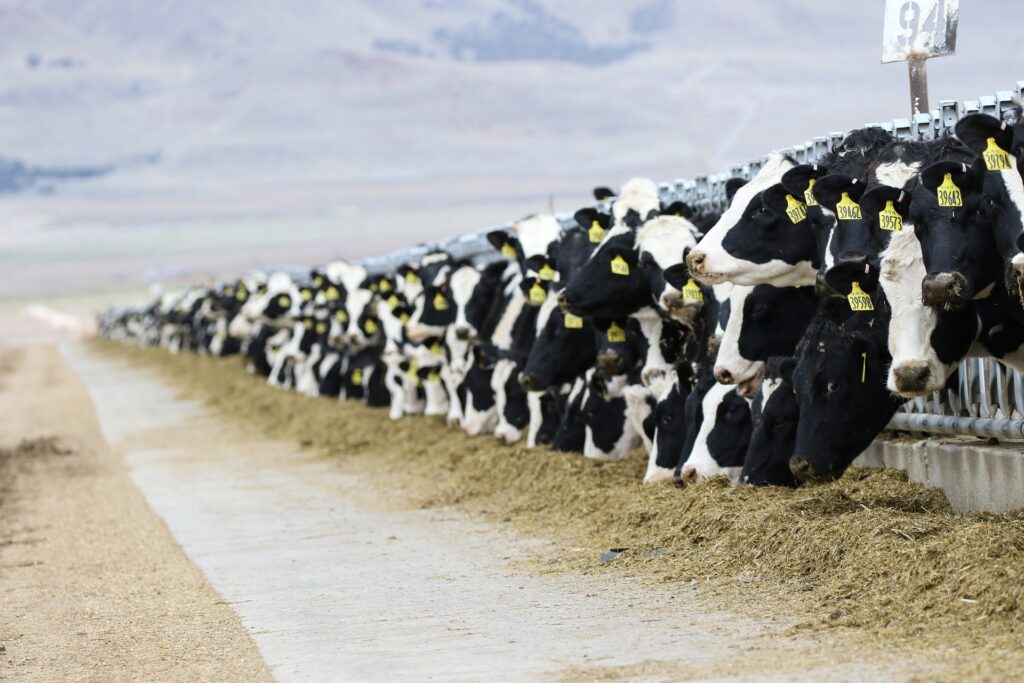The World Meteorological Organization (WMO) has welcomed a new Global Methane Pledge announced at the United Nations Climate Change negotiations at COP26, but stressed that this must be accompanied by urgent action to reduce emissions of carbon dioxide.
The aim of the Global Methane Pledge, led by the USA and the EU, is to reduce methane emissions by at least 30% by 2030. More than 100 countries, including major emitters, signed up to the pledge, which will support the Paris Agreement goal of limiting warming to well below 2 °C.
Methane is a greenhouse gas which remains in the atmosphere for approximately 10 years – a much shorter lifetime than carbon dioxide. Reducing atmospheric methane in the short term could support the achievement of the Paris Agreement and help in reaching many Sustainable Development Goals due to multiple co-benefits of methane mitigation.
Ministers from 46 countries approved the Climate & Clean Air Coalition’s (CCAC) 2030 strategy, which will see scaled-up efforts to significantly reduce short-lived climate pollutants (SLCPs), such as methane, hydrofluorocarbon (HFCs), black carbon, and tropospheric (ground level) ozone, by 2030.
The WMO has been a CCAC partner from 2014 and monitors globally the whole spectrum of the climate forcers from long-lived greenhouse gases to short-lived climate pollutants. Japan hosts the World Data Center for Greenhouse Gases where the data on major greenhouse gases (including methane) from the WMO’s coordinated global observational network is freely available. Data on aerosol and tropospheric ozone is collected and disseminated by two other data centers supported by Norway.
Dr Elena Manaenkova, deputy secretary-general for the WMO, said, “The WMO annually reports to UNFCCC COP on the atmospheric concentrations of the greenhouse gases along with other key climate indicators. We are concerned with recent trend of increase of methane concentration in the atmosphere. Therefore, WMO warmly welcomes the methane pledge and we are pleased to see so many CCAC members making strong contributions.
“WMO develops technical standards for observational based emission estimates (through the Integrated Global Greenhouse Gas Information System (IG3IS)). We have the tools and methodology to help develop the most efficient emission mitigation strategies to realize methane pledges and to quantify achieved results.
“The instrumental observations can help you locate known and unknown emission sources and identify emission reduction opportunities. WMO is happy to offer guidance and assistance and stands ready to help,” she said.
Methane accounts for about 16% of the warming effect of long-lived greenhouse gases since pre-industrial time, according to the US National Oceanic and Atmospheric Administration (NOAA). Approximately 40% of methane is emitted into the atmosphere by natural sources (for example, wetlands and termites), and about 60% comes from anthropogenic sources (for example, ruminants, rice agriculture, fossil fuel exploitation, landfills and biomass burning).
The increase in the globally averaged annual methane concentration from 2019 to 2020 was higher than 2018 to 2019, and also higher than the average annual growth rate over the last decade, according to the WMO’s Greenhouse Gas Bulletin.



